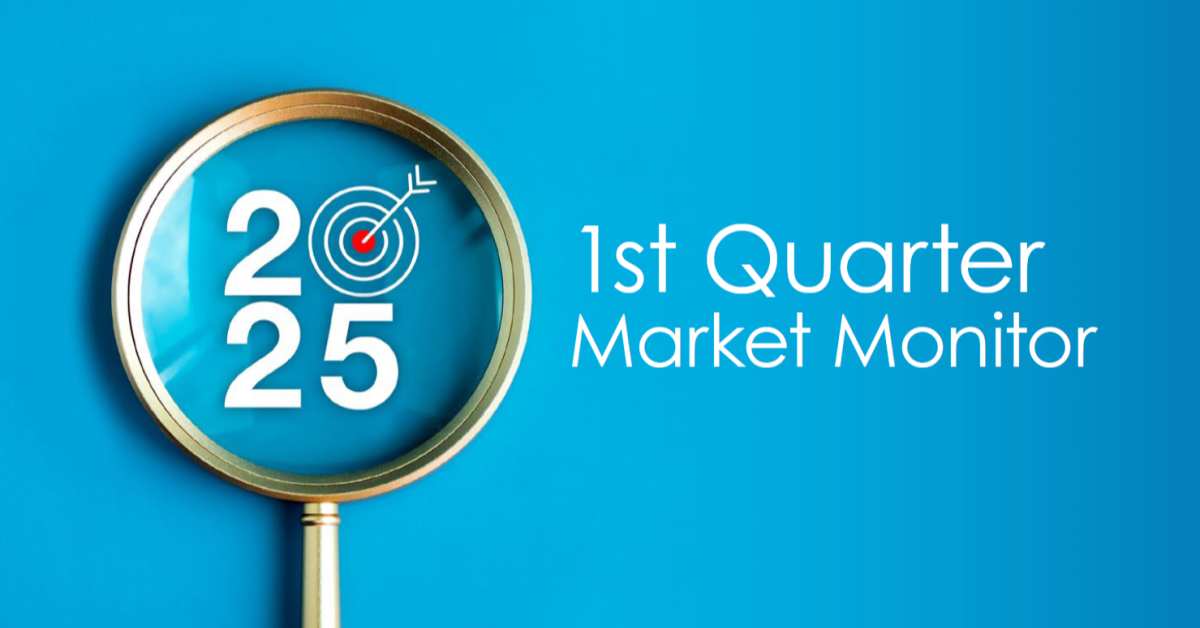The phrase ‘estate planning’ typically means wills, trusts, health directives, and executors. But the minute someone you care for passes away and you want to close down their Facebook account — or turn it into a memorial page — you discover that without their username and password, you’re stuck.
While we know how digital our lives have become, few of us think what it could mean if we died and our families had to try to untangle the digital footprint we left behind.
Another complicating factor? Our aversion to reading the lengthy Terms of Service text that pops up as we first use an app or platform. You know the one: it gives you an “I Accept” button, which you have to click on if you want to move forward.
What you may have missed is that those Terms of Service agreements include legalese explanations about who owns anything hosted on the site and who has access to it. In short, the company owns everything and no one has access to it.
So, if you don’t provide a way for your heirs to access your digital accounts easily, you’ll be handing them endless inconvenience and — eventually — costs.
As a result, no estate plan is complete today if you haven’t included arrangements for your digital life — otherwise known as your ‘digital assets.’
It’s hard enough for friends and family to have to deal with the loss of a loved one. Adding unnecessary frustration makes no sense.
What Are Digital Assets?
Digital assets don’t necessarily have monetary value, although they can. They include any online account or service that is protected by a log-in barrier, such as a username and password. A long list of examples is provided in Step 1 below.
Whether an account is hosted entirely online, or if it only provides online access to offline activities, they are all digital assets.
And settling a traditional estate becomes almost impossible if your heirs can’t access your digital persona.
As an extreme example, think of cryptocurrencies. Most are stored on blockchain technology with a personal key. Depending on how you hold the asset, even the exchange may not be able to recover it if the key is unknown. Having a will or court order would make no difference.
What Legal Obstacles Do Digital Assets Face?
Terms of Service agreements and privacy policies make most digital assets non-transferable and put strong restrictions on who can access accounts. They supersede state laws.
And most state laws governing the actions of personal representatives or executors were written and enacted long before email, social media, and online accounts existed. They rarely account for digital property. Yet accessing accounts has become increasingly important.
Over the years, technology companies have fought any efforts at legislation that contradicts their Terms of Service. A good-faith attempt was made to implement a law in 2014 and failed.
A second attempt at legislation, called the Uniform Fiduciary Access to Digital Access Act Revised (or RUFADAA), found a balance between companies and heirs that is allowing the law to be enacted by many states. Check here to see the status of your state.
Compared with the first version, RUFADAA greatly diminished a legal representative’s authority to access digital assets. It does give some guidance on granting access, but is still new and is open to challenges.
The best solution is to make a plan for your digital assets and integrate that plan into your traditional estate plan.
So, How Do I Integrate My Digital Assets into My Estate Plan?
Here are the four most important steps to creating a digital estate plan:
Step 1: Make a list of all your digital assets, plus access information.
Getting started will entail a lot of information gathering. There’s no way around that.
This list is not exhaustive, but it will give you a good starting point in your list building:
- Social media accounts (Facebook, LinkedIn, Twitter, and Instagram).
- Your email accounts.
- Any blogs, websites, and domain names you own.
- Financial accounts — banks, credit cards, loans, brokerages, insurance accounts, and others — that you access online.
- Utility accounts you pay online.
- Online retail accounts and apps from stores, cash-back/couponing accounts, and marketplaces like Amazon and eBay.
- Online payment accounts like PayPal.
- Any digital wallets linked to mobile payment systems.
- Cryptocurrency accounts holding Bitcoin and others.
- Video or photo-sharing sites like YouTube and Flickr.
- Your intellectual property, such as trademarks, copyrighted materials, and code you’ve written and own.
- Subscriptions like Netflix, iTunes, and Spotify
- Video gaming accounts.
- Travel sites like Expedia and airline frequent-flier accounts.
- Document and data storage sites like Google Docs and Dropbox.
- Your entire Google world.
- All your smart devices, starting with smartphones, computers, and pads.
Start by going through your credit card, PayPal, and banking statements to find anything you pay for regularly or periodically. And move on from there.
Do you need two lists?
For each account, you will need to list the asset name, account number, and access information. For safety reasons, some people recommend keeping the information on two lists which you store separately: one with the asset name and your account number; the other with the asset name and password. Having all that information in one place may feel too vulnerable, leaving you open to having all your digital accounts hacked.
Also, make sure you find an easy system for updating your lists. If it doesn’t work for you, you won’t do it. Maybe you want to leave a ‘drop or add sheet’ somewhere handy that you can use each month to update your master list.
Step 2: Determine what you want to be done with your assets
Next, it’s up to you to decide for each account whether you want it deleted, saved, or transferred to family, friends, or business associates. That will depend on the nature of the account and what is allowed.
Some may have a monetary value, some won’t. Some may be revenue-generating and need to be managed. Some will be linked to accounts that will simply be closed down.
Indicate your preference somewhere. It will be far easier for you to decide how to handle an account than it will be for someone unfamiliar with its value or what it meant to you. (They’ll have to second-guess you.)
With this step, you are creating the equivalent of a digital will or estate plan.
Step 3: Store your information in a safe (but accessible) place
No matter where you decide to store the information related to your digital estate plan, be sure it’s not so secret that the people who ‘need to know’ don’t.
Granted, identity theft and financial loss are top-of-mind when you create such a list but the list serves no one — especially your loved ones — if it can’t be found.
The main ways to store the information are:
- With an attorney.
- In a safety deposit box at the bank.
- With a trusted online storage service.
- In a locked safe or file cabinet.
You might give the person you trust with your online accounts the name of your attorney or the location and access mechanism for the other options. Choose carefully.
Step 4: Choose a digital executor
The legal world has not caught up with the digital world, so the role of the digital executor is not established. If you do choose one, it should be someone that you trust and who is technologically savvy. But, that person may not have legal rights.
You will have to check the laws in your state for the rights of a digital executor. If legally recognized, you would designate yours in your will. A digital executor is not a replacement for a traditional executor but serves a complementary role.
If not explicitly recognized in your state, you might name that person co-executor and formalize the fact in your will. (Your executor might gladly accept the solution as a way to simplify the execution of the will.)
Or by advising your executor in writing of the person you selected as a digital executor, your executor might designate that person to carry out your wishes in your digital estate plan or help the executor to do so.
And if your will is already written, you might add a digital executor by creating a “Codicil to Will,” and provide any needed powers of attorney. Do not integrate your digital estate plan in your will as it might become a public document.
Whatever steps you take, be sure to take them with the assistance of an estate attorney. Our intention is not to provide any legal advice. And a digital estate plan will not resolve every problem. Our goal is simply to help you start thinking of how you want to handle your digital legacy because it’s a real issue.
*This article is for informational purposes only and should not be considered investment advice.



